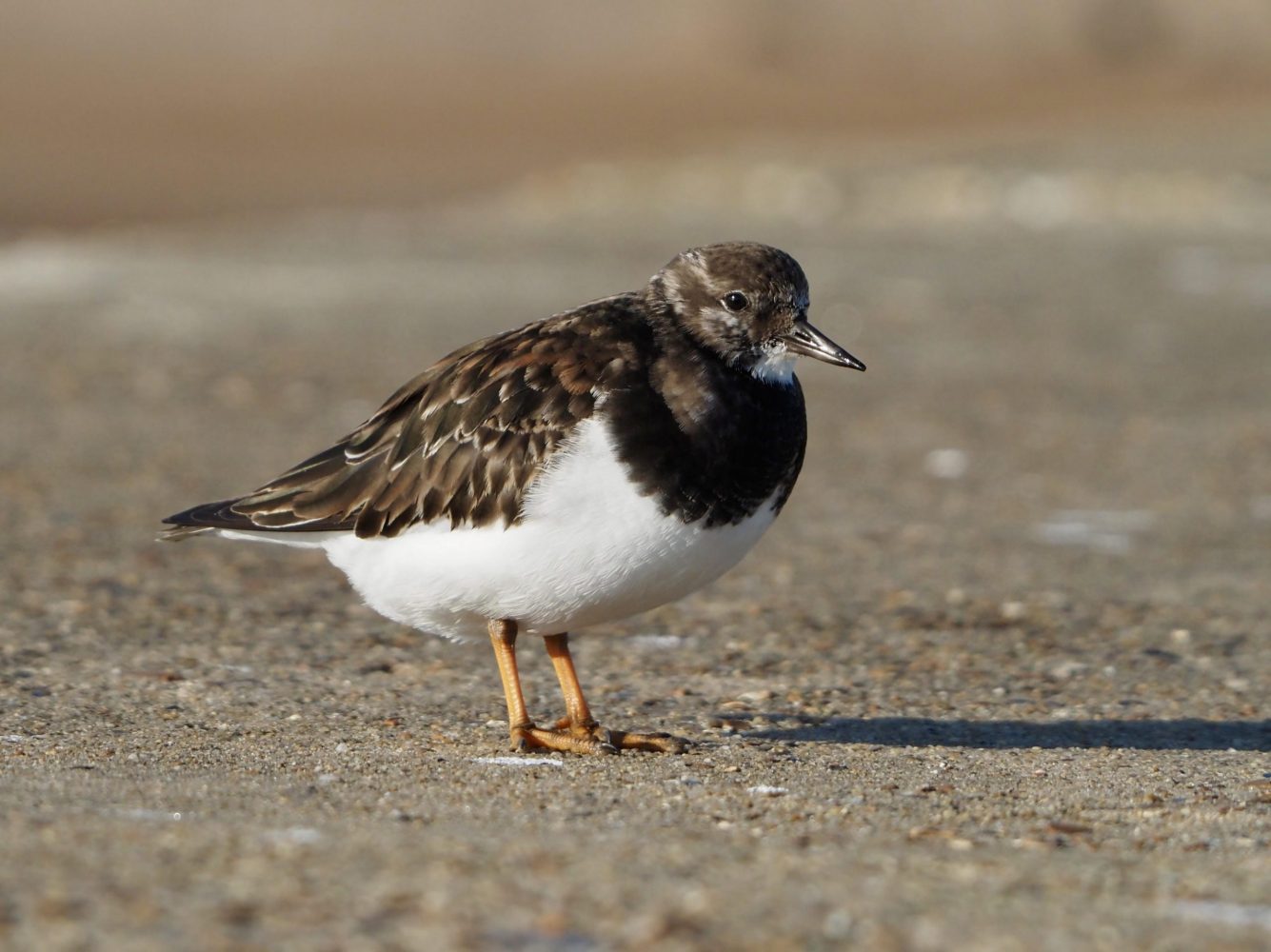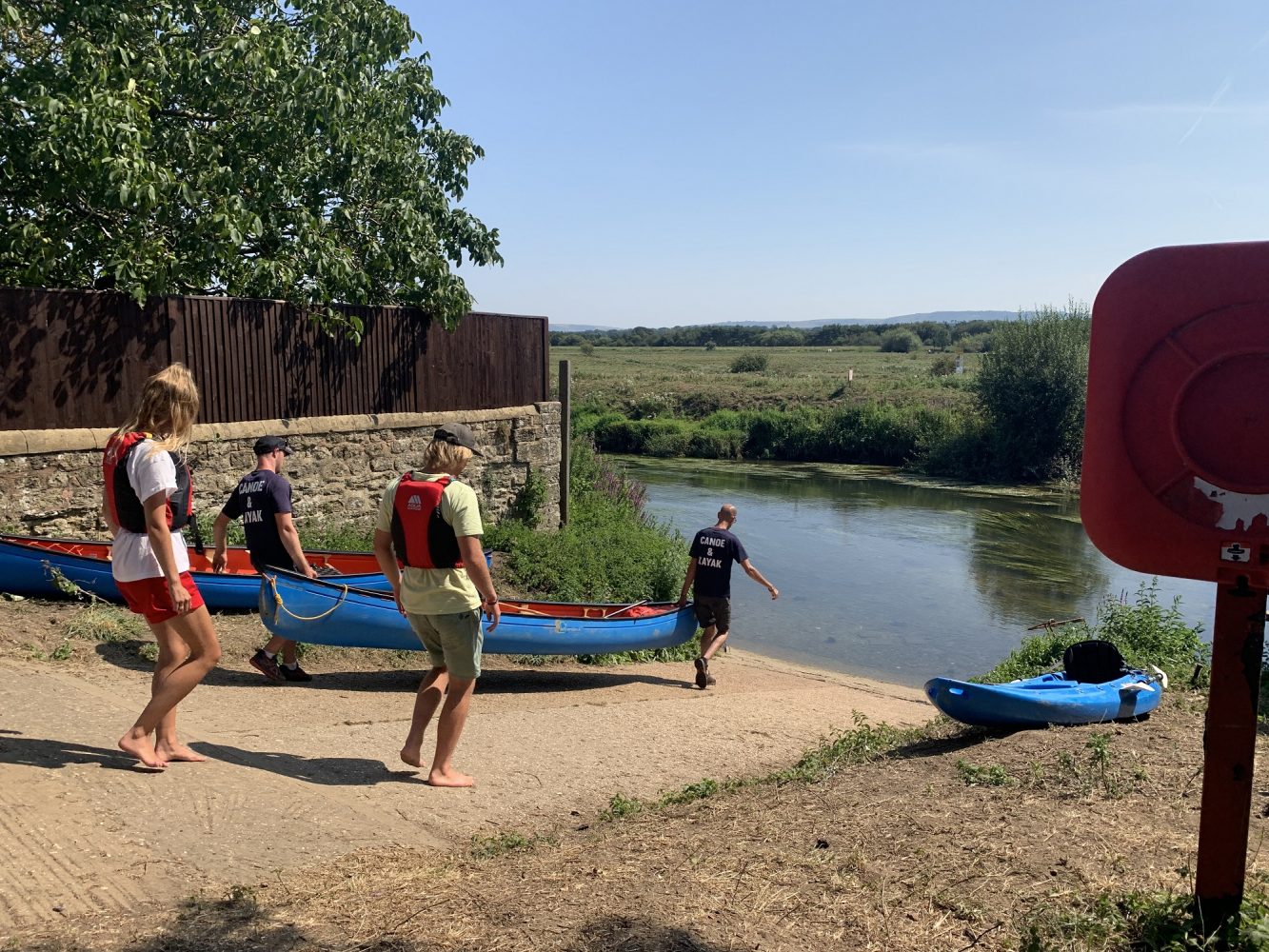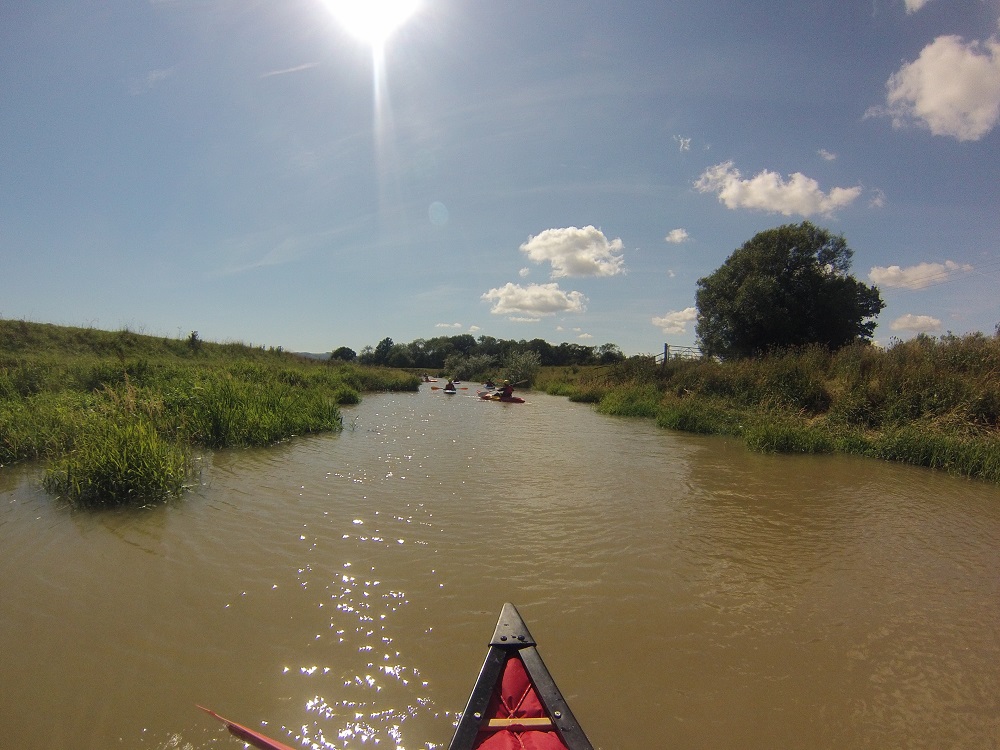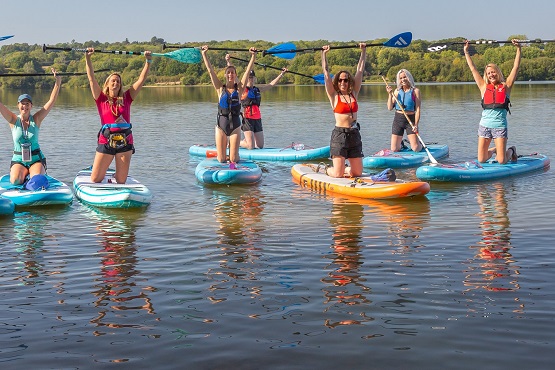2. Look but don’t linger over wildlife
Before you launch, get acquainted with the wildlife and plants you’re likely to encounter – above, below and around the water.
West Sussex’s seas and waterways teem with creatures, from dolphins and seals at sea to snails in the lagoons and dormice in the hedgerows along canals. Watching wildlife in their natural environment is one of the greatest thrills of paddling, but even with the best intentions, there are several ways you could unknowingly disturb the animals.
Aim to paddle with minimal impact on the local wildlife. As a rule of thumb, be as quiet as possible and move slowly and smoothly. You can look – but not for too long.
Whether you’re paddling at sea or inland, you’re likely to spot some birdlife. All wild birds, their nests and eggs are protected by law – but not all birds nest in trees out of the way of paddlers. Tread carefully when you launch – some nests are as basic as a depression in a shingle beach, others are hidden in river banks.
Bird nesting season is officially February to August. During this time, paddle extra-quietly past nesting sites and keep a low paddle angle wherever you can. Keep at least 50 metres away from seabirds nesting on cliffs and shorelines and try not to linger longer than 10 minutes. Rafting birds are probably tired after fishing, so don’t approach them. Watch out for signs of agitation, such as bobbing heads, more intense vocalisations – and if they fly away you’re probably already too close.
The knock-on effects of not following these simple guidelines during nesting season are more severe than you might imagine. Disturbed birds could abandon their nests, eggs or chicks. Eggs could be knocked off the nest in the adults’ hurry to flee, eaten by predators while the parents are away, or take longer to hatch if they’re not incubated properly.
Similar guidelines apply to seals. You can spot both common and grey seals in West Sussex. Chichester harbour is the only known breeding ground in the Eastern English Channel and a great place to paddle in the company of a flipper-footed companion! Try to stay at least 100 metres from any seals, whether they’re on the shore or in the water – unless these curious creatures approach you. If that happens, let the seals be in control. Sit back quietly and observe, make sure you’re not between them and their escape route to the safety of the open sea, and never, ever feed them.








